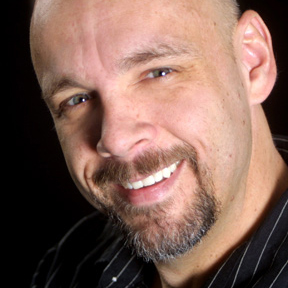The Critic's Corner
March 24-30, 2014
Need for a better script
By David Laprad
"Need for Speed” opens with a shot of a drive-in theater showing the movie “Bullitt,” in which Steve McQueen plays a cop determined to find the underworld kingpin that killed the witness in his protection. Made in 1968, it gave birth to car chases on film. Back then, movie makers didn’t have computers that could animate the trickier stuff, so they did things the hard way: live, with stunt drivers and real cars. While the laws of physics limited what they could do, the action was more realistic, and therefore more exciting and suspenseful, than anything an animation whiz can whip up on a workstation today.
The opening shot of “Need for Speed,” from director Scott Waugh is a wink to attentive viewers. Essentially, Waugh is saying “I’m not going to cheat.” Based on the car racing video game series from Electronic Arts, “Need for Speed” is packed with the kind of realistic vehicular mayhem first seen in “Bullitt.” Cars screech around corners at high speeds, fishtail their way through traffic, and crumple like tin foil in wrecks. You can see and “feel” the impact of real objects colliding.
Again, this limited what Waugh could do. I can’t remember a single money shot in “Need for Speed.” But there’s a physicality to the stunts and the crashes that’s missing from today’s movies. Combined with the deep, throaty roar of the engines, I enjoyed “Need for Speed” on a visceral level.
If only the story had been as good.
“Need for Speed” follows Tobey Marshall, a former race car driver who owns an upstate New York garage, where he and his friends fine-tune performance vehicles. To make ends meet, they compete in street races after hours. One day, Tobey’s former racing rival, Dino, brings in an ultra-expensive Mustang for the crew to work on, and promises them 25 percent of the selling price.
Once the car is sold, Dino challenges Tobey and his partner, Little Pete, to race three illegally imported cars from his mansion to a bridge over the interstate. If Tobey wins, he gets Dino’s 75 percent of the Mustang deal; if he loses, he gives up his cut. During the race, Dino bumps Little Pete’s car from behind, sending it diving into a ravine before exploding. Dino disappears from the scene, and Tobey is sent to jail for involuntary manslaughter, as there’s no evidence pointing to Dino’s involvement.
When Tobey is released on parole two years later, he sets out to avenge Little Pete’s death. Circumstance brings the Mustang he’d worked on to him, and he sets out to enter the De Leon, a winner-takes-all street race in which Dino will be competing. To do this, Tobey has to reach San Francisco (where “Bullitt” was set) before the race starts in 48 hours.
It’s an “okay” story. It allows lead actor Aaron Paul to laugh, cry, grimace, pose, scream in anguish, etc. In fact, Paul is the second best thing about “Need for Speed.” He delivers a great performance. You have to watch closely, though, because the generic events taking place around him diminish his work.
The screenplay isn’t just bland; it’s weak in places. For example, Tobey is supposed to be the film’s hero, but he doesn’t blink before endangering civilians as he guns his Mustang backward out of an alleyway, or killing innocent people by driving the wrong way on a busy highway. Several cops are involved in serious wrecks as a result of Tobey’s actions, and while that’s true to the nature of the video game, on film, it comes across as reckless and less than heroic.
Also, the De Leon is a winner-takes-all street race. The prize: the cars of the other drivers. By the end of the race, that doesn’t amount to much...
Despite a lackluster screenplay, I have a lot of respect for “Need to Speed.” Waugh could have made a movie not just based on a video game but one that looked like one, too. Instead, he went old school. In this day and age, that’s a big deal.
Two-and-a-half stars out of four. Rated PG-13 for sequences of reckless street racing, disturbing crash scenes, nudity and crude language.



